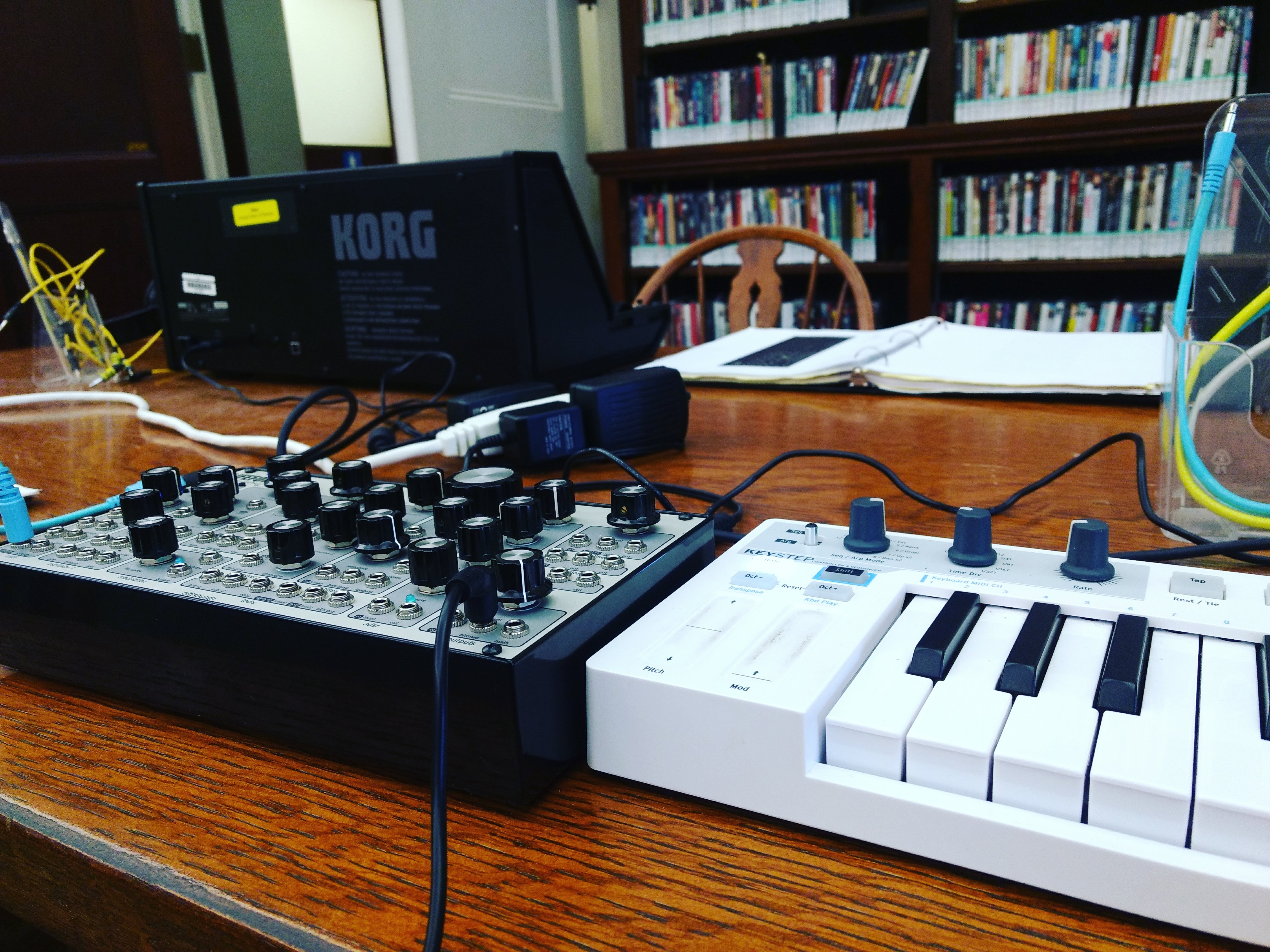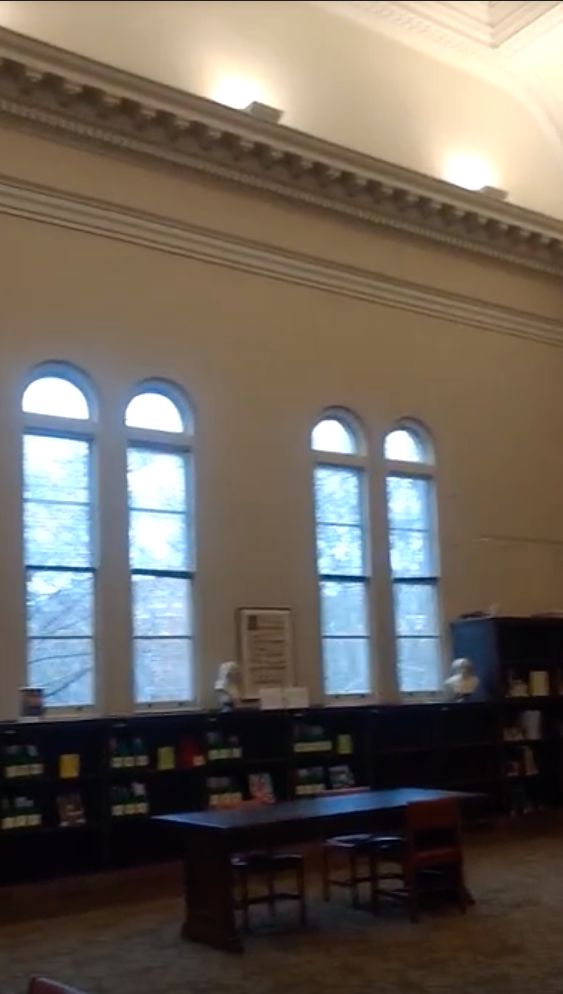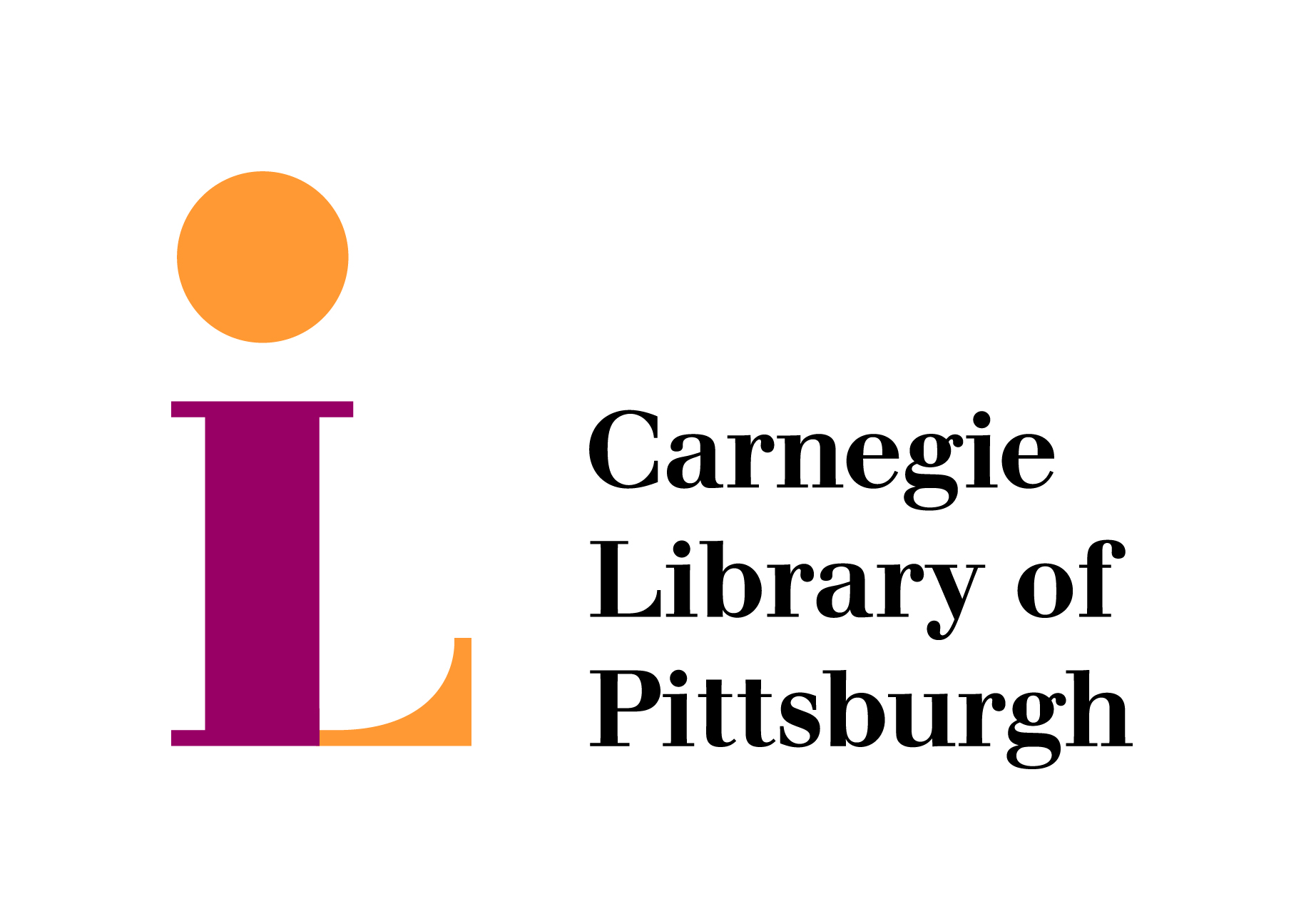
Keeping the traditions of ESS to date, this year the end-of-semester project is again a site-specific installation in collaboration with the Carnegie Library -Main, and a fellow IDeATe class – Real Time Animation.
(last year’s class had their project installed at Phipps Conservatory and Botanical Gardens, you can view the installation from 2018 here.
Some key dates to put in your calendar:
April 1st – Designs for group projects are due
April 15&17 – In-class testing and fabrication (hopefully with the animations)
April 22&24 – Installation of projects on site
April 25th – Opening of the exhibition
Prompt:
Working in collaboration with Professor Johannes DeYoung’s class – Real-Time Animation, we will present a group projection and sound site-specific installation at the main music room, at the Carnegie Library – Main.
Steps:
-
Pick a song (see below for list of songs)
-
Find out the physical location (or a representation) of the place referenced in your selected song
-
Research the history of the place, find any documents, videos, or even audio recordings about the referenced site. Sample the audio of these documentations as part of your group’s library of sound objects. Make sure you accredit each source sampled. Also, if the song is of a particular musical genre, say, a Waltz or Mazurka, research what makes these styles the way the are. Incorporate this aspect into your work.
-
Go, with your group mates, to visit the site and record the following: Unique sounds you think are specific to the location (on the day you visited) – bring the new Zoom H6. An impulse response from the most resonant part of the place (we will cover this in class after Spring break)
-
Realize the musical score (MIDI or acoustic recording), either by recording somebody from your group playing the score, or render a MIDI recording. Alternatively, you can either go to the CLM and use one of the in-house synthesizers, or borrow one of the synthesizers to render the sound.
-
Convolve the recording of the song with the impulse response you retrieved from the site-specific recording
-
Create a soundscape that retells the story of this chosen song, using materials compiled in your folder of sound objects: audio/documents from historical research, audio-realization of the score, and site-specific recordings from the site, and any convolved samples.
-
Think about the narrative you are creating, along the lines of past, present and future of the referenced site, and you, as an inhabitant of Pittsburgh in 2019, and the fact that your site-specific work is being presented in a completely difference space (aside from the song Carnegie Library March, which will be presented in the same place as the one referenced).
-
Also take into account the overall presentation of your group’s work – how will it work with the projections created by the animators? Where will your sounds be installed in the space?
-
Installation of works: TBC. This will either be installation on site or, if the animators will be working off an AR platform, we will work with them during the installation period to “install” our works into the virtual space they created.
Our sites in the city:
Carnegie Library March
Shady Side Mazurka
South Side Polka
Iron Horse Etude
Our sites in the library:
Old Phone Booth

Main Room

Stacks (facing Dinosaurs) 
The Library itself 